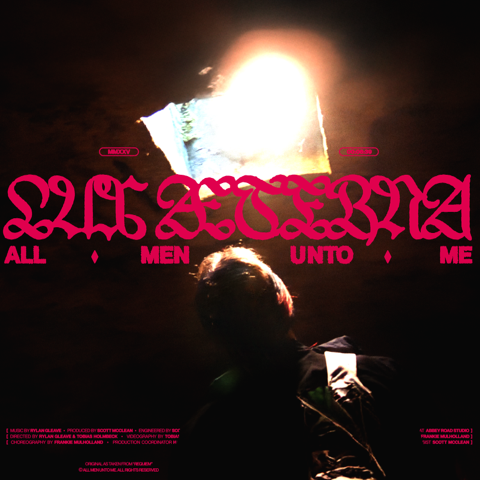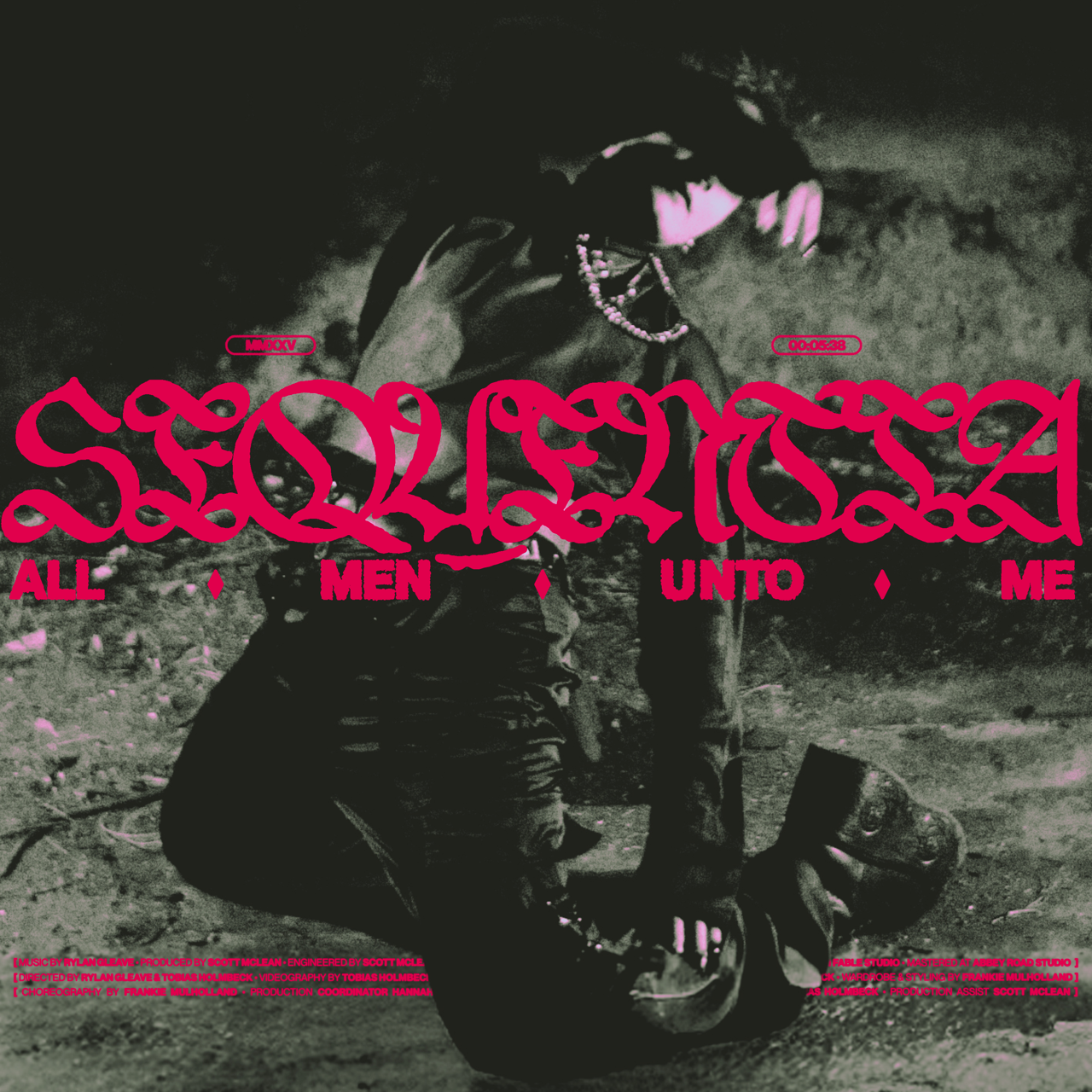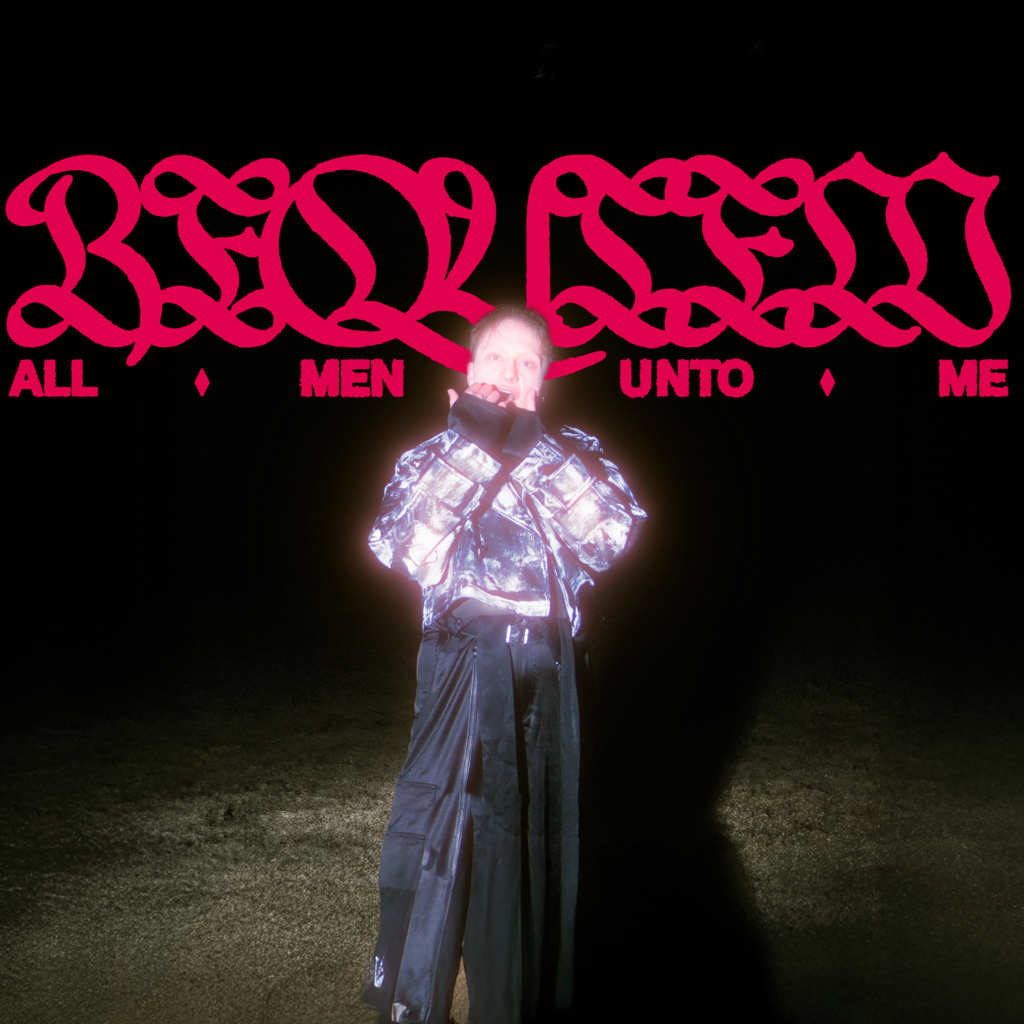"Lux Æterna",
Single Video (2025)

FILMED BY TOBIAS HOLMBECK, DESIGN BY JOSCHA BAUER
“Lux Æterna condemns the kind of love that demands everything from you. It speaks to feeling the weight of loving someone who can’t — or won’t — understand your sacrifices. I grew up learning that if I forgave others, God might forgive me. That way of thinking lead me to self-neglect in a way I thought was virtuous. There’s a deep suffering in that kind of love and forgiveness; bleeding for someone who doesn’t understand how much they’ve hurt you, forgiving someone solely because you know they’re carrying their own pain. It can make you very small. In the video, the protagonist walks faceless through a dreamscape cemetery into a crypt, towards a death that never comes. The forgiveness might be perpetual, but so is the suffering. There’s no virtue in forgiving everyone but yourself.” – RYLAN GLEAVE
"Sequentia",
Single Video (2025)

FILMED BY TOBIAS HOLMBECK, DESIGN BY JOSCHA BAUER
“Sequentia reflects on the Last Judgement, where souls are either delivered unto Heaven or cast into eternal flames. I wrote it from the point of view of trying on the crown, trying to feel that wrath, and that burning capability of violence toward someone who has deeply wounded you. It doesn’t work for me. It’s a far cry from how I understand myself and my anger. At the peak of this journey, Sequentia tips over the edge in a prayer to feel alive, to feel anything other than the weight of this decision. The only emotion left is grief. I can’t answer what justice looks like. There is no satisfaction or righteousness or sanctity. And there is no easy forgiving.” – RYLAN GLEAVE
"Requiem",
Album (2025)
All Men Unto Me’s sophomore album Requiem re-imagines an ancient mourning in a real, contemporary setting taking the broad emotional arcs of the Missa pro Defunctis*. These structures pave way for new songs, ruminating on patriarchal power systems and the conditions of transmasculinity within them, through the haze of Queer reverence and forgiveness.
Marrying experimental/noise rock and doom metal with traditional Anglican soundworlds of electro-pneumatic church organ and stacked choral vocals, Requiem marks a new chapter for All Men Unto Me’s direction.
About the album, Rylan says: “Much of this album is centered on patriarchal power dynamics within the church, and how these have translated across contexts more broadly. I’ve not made an anti-Christian album by any means, I think a lot of it speaks to forgiveness and compassion for the people that you care about, and for yourself. Sometimes the narrator talks to God, sometimes to structures, sometimes to no-one. There are references to the original Requiem mass in Latin, and old English translations, to other ancient texts and contemporary songs and poetry.
It’s tough talking about traumatic themes without feeling like you’re oversharing, but there are moments of intensity brought about by what’s being not said in the lyrics. I think the production makes the music say what the voice isn’t saying. There’s a huge range of emotional complexity that we’ve managed to capture across the tracks, and the resounding feeling is pretty broken. […]
It was incredibly cathartic to make in a lot of ways, and whilst the experiences aren’t always universal, I think there’s a lot in there to connect to in the isolation, and the anger, and the not knowing how to feel. I hope the love and reverence cuts through too.”
* Missa pro defunctis translates to ‘Mass for the dead’, and refers to the Catholic text taken from the Roman Missal. When set to music, it is called a ‘Requiem’. Requiem masses are usually performed at funerals. I’ve sung in a few Requiems — Mozart, Fauré, Duruflé — when I’ve been in choirs, and felt those dramatic arcs of the structure in my own voice. Writing a Requiem felt like processing my own complex feelings about the Church, patriarchal power within it (and more broadly), and the death of a part of me in a framework that allowed for mourning. The contours of sorrow, light, forgiveness, and reverence made space for these songs to speak to my own identity as a survivor, and use that structure in a way that let me direct an ancient narrative myself.


